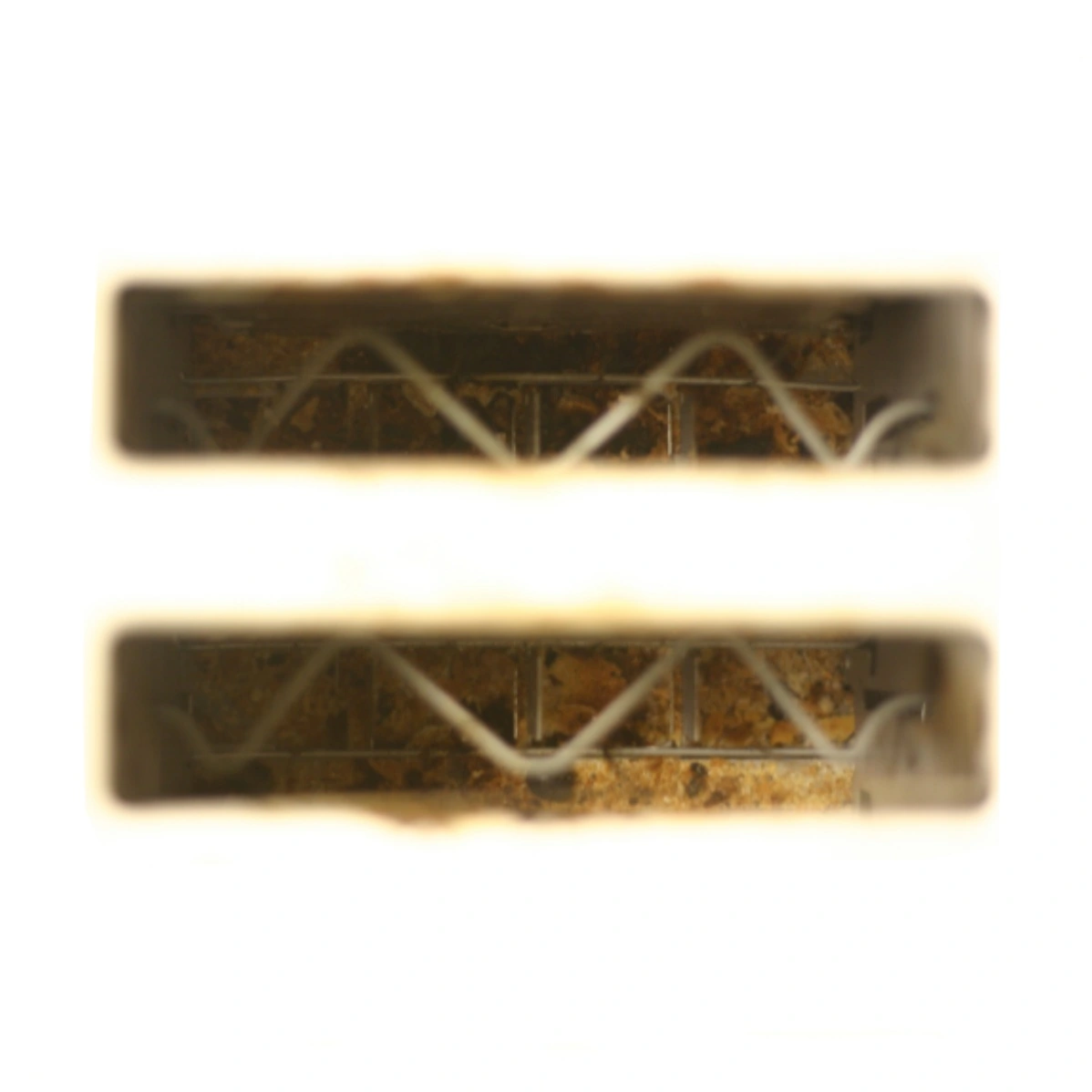A small error correction:
Conventional solar PV installations are installed on a rooftop or in a field. They convert the low voltage direct current (DC) power produced by solar panels into high voltage alternate (AC) power for use by main appliances and rely on the power grid during the night and in bad weather.
Actually, typical on-grid systems have a quite high PV voltage, because there’s a lot of typically 40 V panels in series - far greater than the grid voltage. For example, solar arrays might send 900 V to the inverter, which produces 400 V for the grid. This is to save on copper (wiring diameter). With a higher voltage, more power can be pushed through the same conductor.
For a beginner, this is something to avoid - voltages above 48 V can easily become lethal to humans. To avoid wasting money on copper, instead of raising the voltage it’s possible to keep the wiring short - and ultimately, copper isn’t super expensive. :)
To the chapter “How to build supporting structures?” I would add a new genre: a fence. A vertical solar panel between rectangular wooden poles (either rammed into ground or screwed into ground with metal tips) can be attached firmly with screws. Adjascent panels can share the same attachment post, so to install N panels, you only need N+1 posts. The toughest part is measuring them well, since at the point where the fence wants to go crooked, one has to interrupt it with an extra post.
It stays cool in summer (better convection), snow-free in winter (snow falls off) and is better protected against hail. I have found that compared to other structures, a solar fence gets up in the smallest amount of time, for the smallest amount of money.



